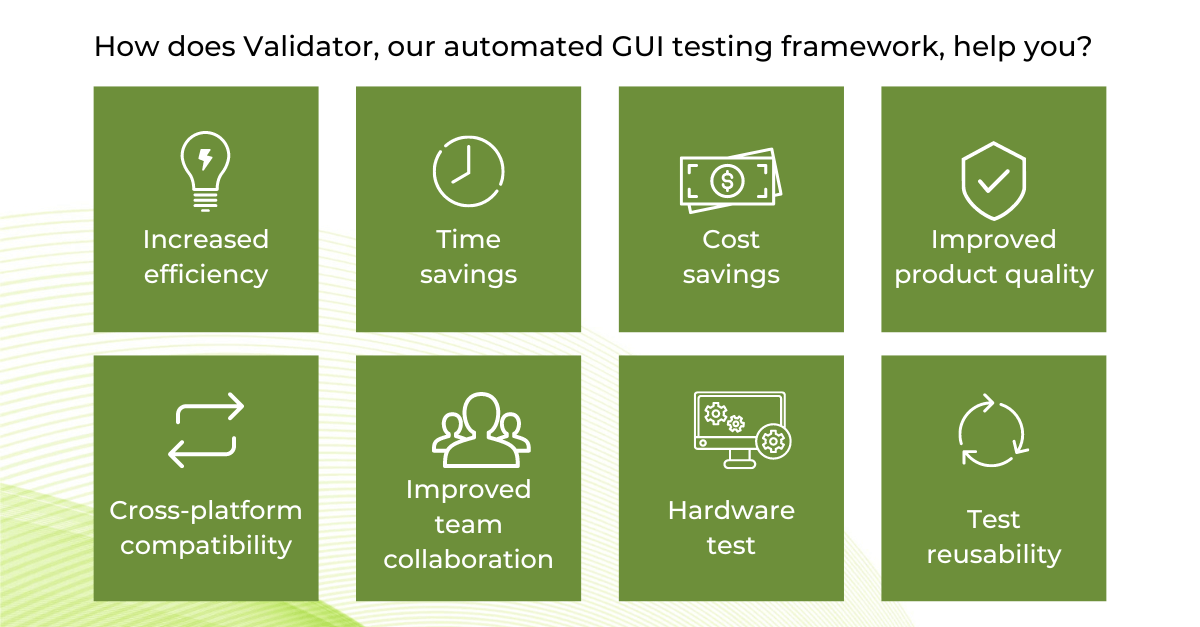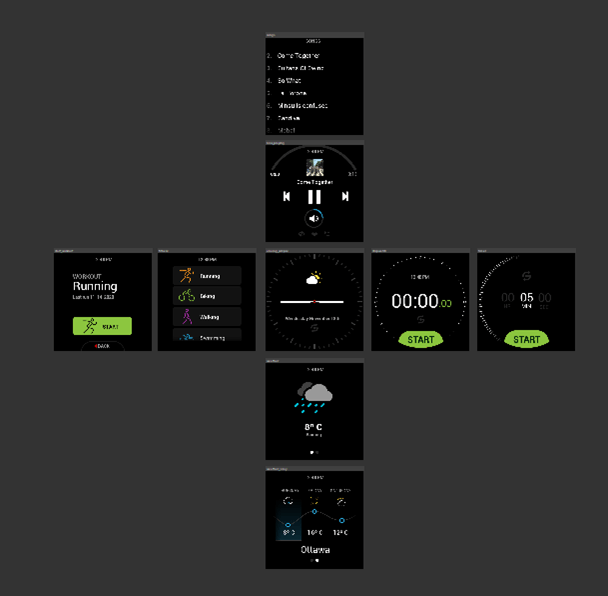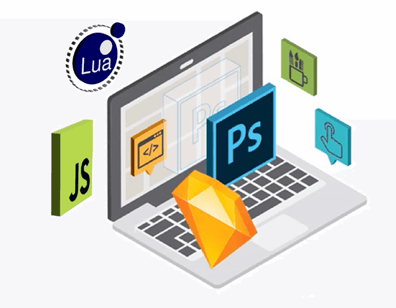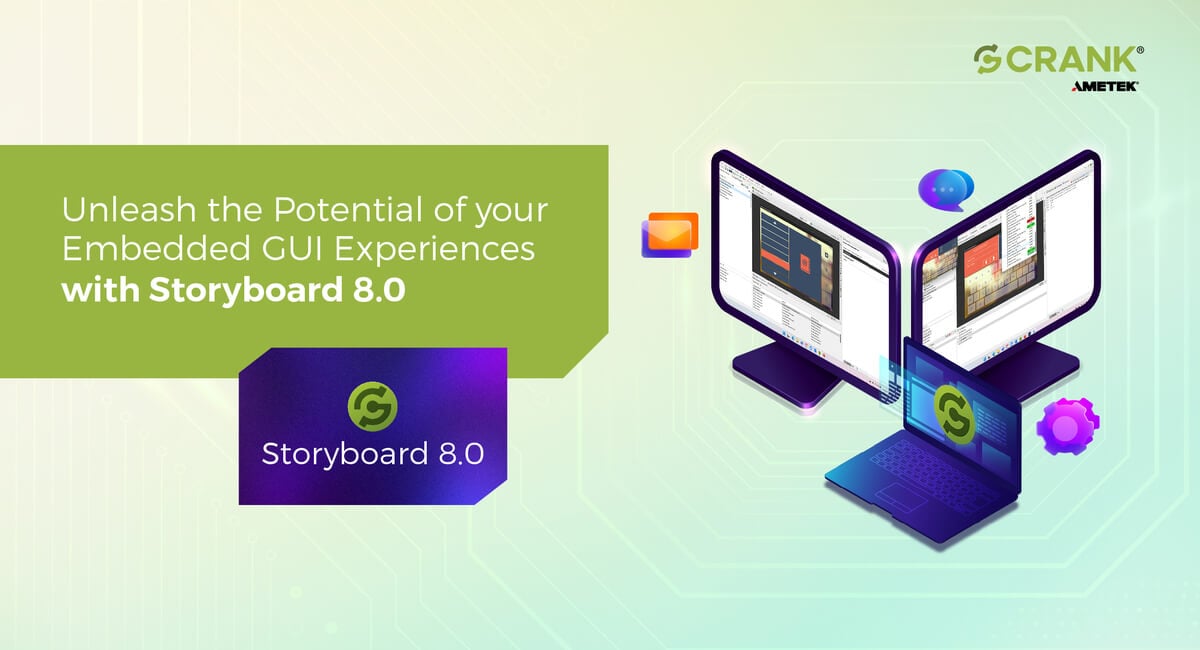We are excited to introduce our most advanced version of the GUI development framework yet - Storyboard 8.0. It comes packed with new features and enhancements and is the ultimate solution for creating intuitive and visually stunning user interfaces for your embedded products. With Storyboard 8.0, you'll be able to streamline your development workflow, reduce development time, and deliver exceptional user experiences.
Read on to learn more about the new release's features and enhancements and how they can help take your embedded GUI development to the next level and unleash the potential of your GUIs experience.
To get in-depth knowledge of all the features, watch this webinar, where our Lead Product Architect, Mike Marchand, demonstrates the key enhancements introduced with Storyboard 8.0.
The graphical user interface (GUI) is the face of your product, and ensuring it offers a smooth and user-friendly experience is crucial for the success of the product. Storyboard 8.0 has a wealth of new features and enhancements to help you create visually appealing and highly functional user interfaces for your embedded devices with greater ease and speed. Let's take a look at just some of the new features being introduced:
Automate UI testing with Validator:
Since the UI is the main point of interaction for embedded devices, testing it to ensure it performs as intended is a crucial part of the development process.
Despite this, testing GUIs can quickly become a tedious task. By automating it, you reduce the time it takes to discover bugs or inconsistencies in the GUI application.
Validator is a powerful and easy-to-use GUI testing framework that is tightly integrated into Storyboard to streamline the testing process for Storyboard-built GUI applications. It enables developers to easily create and execute tests for applications being developed for MPU and MCU devices, ensuring that applications function as intended. With Validator, development teams can catch and fix issues early, increasing their development efficiency, improving product quality, and saving on (wasted) time and resources.
Benefits of using Validator

Improved efficiency with cost and time savings
Validator offers numerous benefits to development teams, including increased efficiency by automating tedious tasks and reducing iterations, thereby saving time and costs associated with manual testing.
By integrating Validator into Storyboard, teams can save the time and effort that would be required to develop or integrate an external testing framework into their workflow.
Improved UX
Validator streamlines the testing process and helps detect issues/bugs earlier in the development cycle. This ensures the final product functions correctly as intended and provides a seamless user experience, ultimately improving product quality.
Improved team collaboration and expanded test coverage
With Validator, teams can easily share and collaborate on testing efforts. Using reusable tests saves valuable time and effort when testing new features and enhancements for embedded GUI applications while ensuring consistency and reliability. As a result, it is also possible to leverage tests developed for one project across other projects, hardware, and devices, effectively expanding test coverage that would otherwise not be possible.
Redesigned model visualization for a more intuitive development experience
In Storyboard 8.0, the UI editor workflow has been redesigned to provide users with a simplified and intuitive user experience when developing embedded UIs. This includes enabling a user to move throughout the various elements of their UI design and focus quickly on the area they wish to edit, as well as back out to an exploded view of the app so that they view the entire big picture. This enhancement will allow designers to edit the screen content/ elements and get immediate feedback about the look and feel of the application.
Editor Freeform Layout
The Storyboard Designer supports a Freeform Layout, allowing users to manually position their screens in the editor rather than using a grid layout. Each Screen working set has a unique freeform layout that is preserved when the GDE editor is saved.
Here's an example of a Freeform Layout, screens are positioned in a custom manner.

Editor Toolbar
In addition to the editing options available in the right-click menu, the toolbar provides functionality that is context-sensitive to the editor being used. When a GDE file is being edited and the editor has focus, the toolbar provides shortcuts to several common operations.

Support for a new scripting action type (JavaScript)
Storyboard 8.0 release has brought an exciting addition to its feature set - support for JavaScript via Duktape. Duktape is an Embeddable JavaScript engine, with a focus on portability and a compact footprint.

While Lua scripting is already supported, the support for Duktape opens up a world of possibilities, given the large community of JavaScript developers.
Storyboard 8.0 gives the flexibility to choose between Lua and Duktape. The development environment is set up using a plugin architecture. Developers can commit to using a Duktape plugin and remove the Lua plugin or vice versa. If developers already have a Lua application, they can stick with Lua and discard the JavaScript plugin.
Moreover, Duktape's efficiency in memory usage without compromising performance makes it a suitable choice for embedded systems where memory constraints are a concern. The handshake between Storyboard 8.0 and Duktape is sure to bring more flexibility and convenience to the development process, giving developers more options to try on and enabling them to make the most of Storyboard's capabilities.
What benefits of these enhancements brings to you as a whole?
The enhancements offered by Storyboard 8.0 are highly beneficial for manufacturers, designers, and developers alike. With the pressure to produce more with less, manufacturers can shorten their GUI application development cycle, reduce project expenses, and increase the speed and efficiency of development.
The tightly integrated testing framework accessible within the development workspace ensures improved product quality by introducing testing at any point in development.
Additionally, the low-code/no-code testing framework reduces the skill level required for testing GUI applications, making it easier for developers to ensure that Storyboard GUI applications function and look the way as intended, with no coding required. Designers can also benefit from the ability to see their designs executed without compromise.
Upgrade now and see the difference yourself!
.png?width=180&height=67&name=Crank-AMETEK-HZ-Rev%20(4).png)



